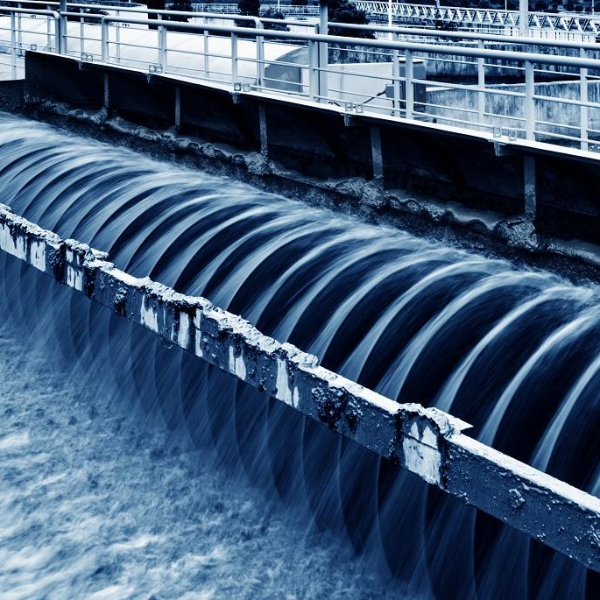Construction team selected for ozone system at WWTP Houten

Construction team selected for ozone system at WWTP Houten
The water authority De Stichtse Rijnlanden has selected the construction team for the development of an ozone system for the wastewater treatment plant (WWTP) in Houten. The team – consisting of Pannekoek GWW B.V. with regular partners Nijhuis Industries and Witteveen+Bos – will implement the first ozone system in the Netherlands to remove pharmaceutical residues from wastewater. This project is part of the ‘Innovation Programme for Micro-contaminants from wastewater’ of the Ministry of Infrastructure and Water Management (I&W).
The WWTP treats the water for around 85,000 people and businesses in the Houten area. In the national hotspot analysis of all WWTPs, this WWTP was identified as a hotspot for pharmaceutical residues in wastewater. A hotspot is a WWTP that has a significant impact on the quality of the receiving surface water. For this reason, an additional technique will be used specifically at this plant to remove pharmaceutical residues from the wastewater. The planned ozone system will be able to treat up to 870 m3/h of wastewater.
Ozone system
Ozone is a gas that oxidises micro-contaminants when it comes into contact with wastewater. It is an effective and proven method of breaking down organic micro-contaminants such as endocrine disrupters and antibiotics. The technology is already being used in other countries such as Germany. Water authority De Stichtse Rijnlanden compared several alternatives and, after careful consideration, opted for ozone technology. Ozone proved to be the best in terms of pharmaceutical residues removal rate, energy consumption, sustainability, use of scarce raw materials and costs.
Construction team
In this innovative project, Nijhuis Industries is contributing its knowledge of ozone systems, and Pannekoek GWW B.V. is involved as the civil contractor and Witteveen+Bos as the engineering firm. The selected construction team will work closely with the client to develop a joint design for the ozone system. Once the design meets all the requirements, the construction team will then also build the ozone system. The system is expected to be up and running in 2022.
Innovation programme
This project is part of the ‘Innovation Programme for Micro-contaminants from wastewater’. The aim of this programme is to pave the way for promising removal techniques or for potential improvements to existing techniques. For the construction of this ozone system, water authority De Stichtse Rijnlanden received a grant of €1.65 million from this innovation programme.
Click here for more information about the project.
Click here for more information about the innovation programme.